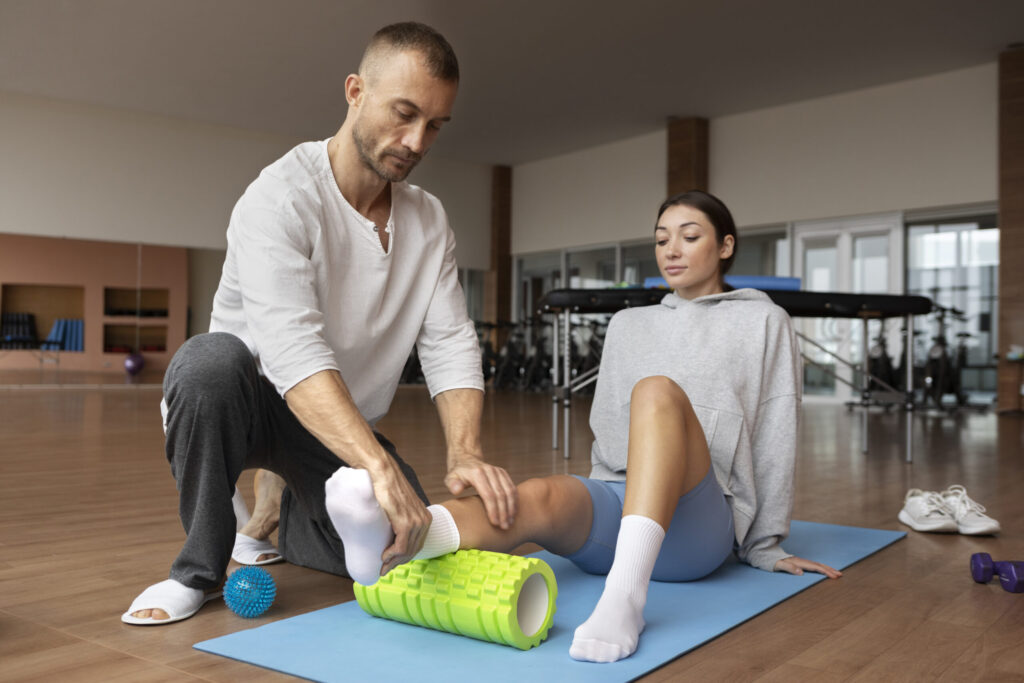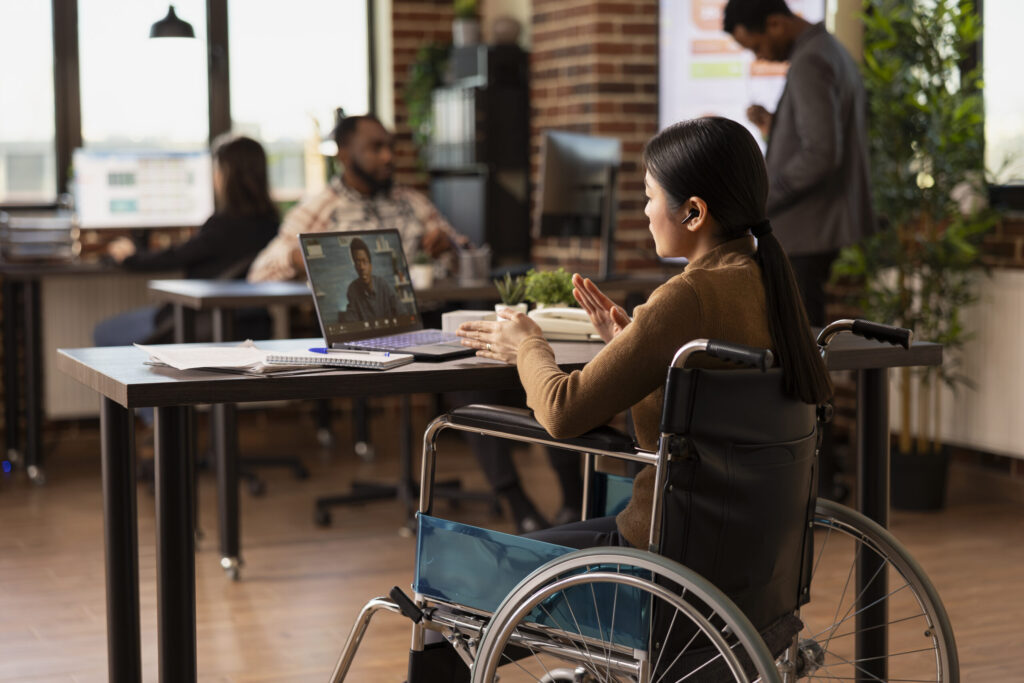Navigating the ever-evolving landscape of workplace rehabilitation demands a keen awareness of emerging trends supported by solid evidence. This article delves into three compelling trends reshaping workplace rehabilitation in Australia, backed by robust studies. Here, we explore these trends and offer insightful guidance on their implementation for rehabilitation providers and case managers seeking to elevate client outcomes.

Fact 1: Expanding Horizons with Virtual Reality (VR) for Recovery Enhancement
Virtual reality (VR) technology has emerged as a transformative tool in the realm of workplace rehabilitation. Supported by research such as the groundbreaking randomised controlled trial conducted by Pham et al. (2016), which investigated VR’s effectiveness in managing subacute low back pain, this trend has gained significant traction. VR’s simulated environments offer a remarkable platform for addressing pain management, post-traumatic stress disorder (PTSD), and various phobias.
Implementation Tips:
- Leverage VR to create controlled settings for patients to practice exercises and movements securely.
- Capitalise on VR’s immersive nature to provide effective pain distraction.
- Harness VR for cognitive-behavioural therapy (CBT) to empower clients in managing pain and stress.
Fact 2: Elevating Recovery with the Strength of Social Support
The profound impact of social support on successful workplace rehabilitation is evident through comprehensive research. Wang et al. (2019) conducted a systematic review and meta-analysis that emphasised the role of employer support in facilitating return to work following occupational injuries. This underscores the significance of establishing a robust network of friends, family, and colleagues to bolster individuals coping with injuries or illnesses during rehabilitation.
Implementation Tips:
- Encourage patients to forge a diverse support network, encompassing friends, family, and coworkers.
- Provide patients with insights into available support services like counselling and financial aid.
- Collaborate with employers to cultivate a workplace environment that nurtures and supports recovering employees.
Fact 3: Empowering Well-being through Mindfulness Practices
The practice of mindfulness has gained prominence in workplace rehabilitation, enabling individuals to effectively manage stress during recovery. Abbott et al. (2011) conducted a comprehensive review and meta-analysis of mindfulness-based interventions for chronic pain, shedding light on its effectiveness. Mindfulness, with its focus on the present moment and release of negative emotions, serves as a potent tool for enhancing overall well-being.
Implementation Tips:
- Encourage patients to embrace mindfulness techniques, such as meditation and yoga, in their routines.
- Equip patients with resources spanning mindfulness, including literature, apps, and online platforms.
- Collaborate with patients to tailor a mindfulness approach suited to their unique needs and preferences.
Conclusion
Incorporating evidence-based trends into workplace rehabilitation strategies is pivotal for rehabilitation providers and case managers. The convergence of virtual reality, social support, and mindfulness offers a powerful trifecta for optimising patient outcomes. Drawing inspiration from studies like those conducted by Pham, Wang, and Abbott, let’s continue to elevate the realm of workplace rehabilitation in Australia through these innovative and impactful trends.



